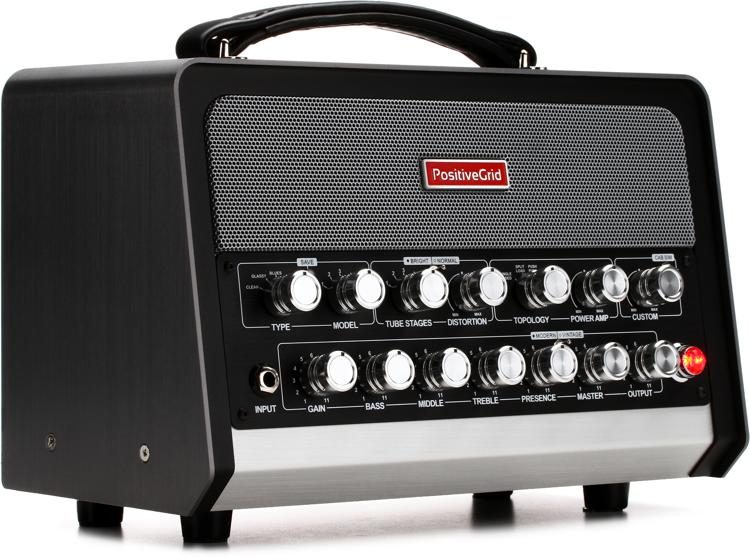

One needs bias removed prior to adjusting dark current levels. If sensor indeed changes bias level depending on exposure length (and it seems so) it would also be a reason why different exposure darks would fail at calibration. Only thing that I've noticed is that after 30s or so average value starts rising - as one would expect due to buildup of dark current.

I was under the impression that it stabilizes at some point, but it might not be so. I've seen while measuring sensor data that average levels for 1m exposure are lower than that of straight bias for same settings and temperature.
Bias amp pro vs standard drivers#
Whether this is something implemented in drivers or it is feature of sensor itself, I have no idea, but it turns out that bias level drops with exposure length. It turns out there is sort of "floating" bias with ASI1600. There is another explanation why ASI1600 would not be able to calibrate properly with different exposure darks. Very good point, I have not look into it but it looks like I'm going to have to. This is the reason why amp glow in ASI cameras can't be calibrated out completely with darks taken with a different exposure time. But temperature increases with time, probably until a steady state is reached, and amp glow will increase more than linearly with time. If the local temperature were constant, amp glow would increase linearly with time. A local increase in temperature leads to a local increase in dark current. Amp glow is due to an uneven heating of the sensor. Amp glow does not scale linearly with time.


 0 kommentar(er)
0 kommentar(er)
